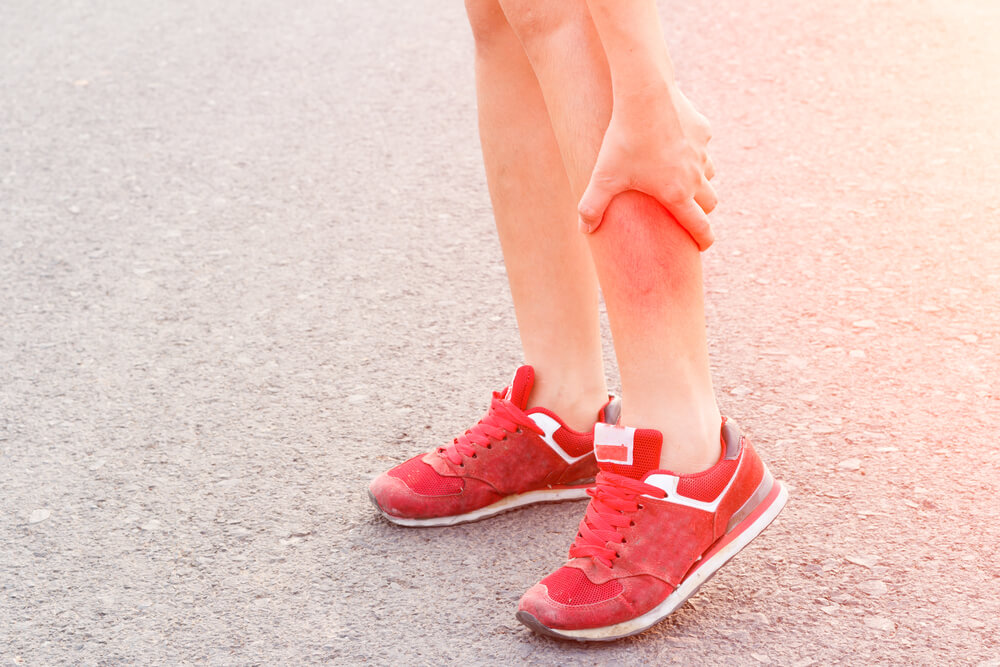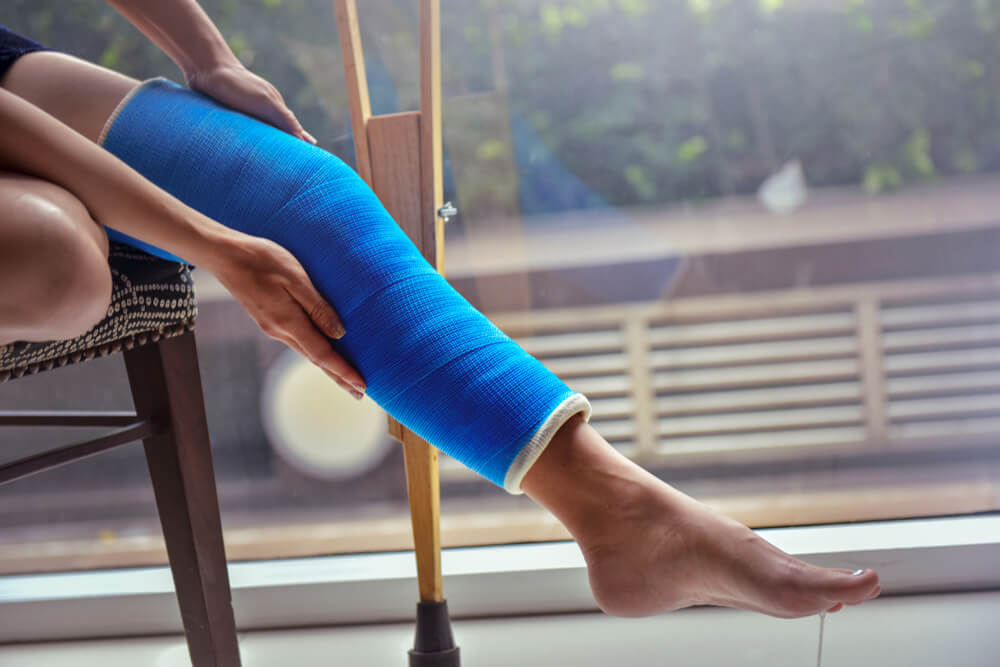As a parent, you may have heard your child complain about shin pain after sports practice or a big game. These pains might be a common occurrence, but it’s essential not to ignore them. Shin splints, also known as medial tibial stress syndrome (MTSS), are the likely culprit behind your child’s discomfort.
In this comprehensive guide, the team at Worldwide Pediatrics delves into what Shin splints are, their causes and symptoms, and how to effectively manage and prevent them in kids. We’ve gathered insights from the medical community, including two authoritative articles on the topic. So, let’s start by understanding what shin splints are.
What Are Shin Splints?

Shin splints, or medial tibial stress syndrome (MTSS), refer to the painful condition that affects the inner part of the shinbone. They are often associated with high-impact activities, such as running or sports that involve frequent stops and starts. While shin splints can be painful, the good news is that with proper care and rest, they don’t typically lead to lasting problems.
Identifying the Problem: Symptoms and Signs of Shin Splints in Kids
Shin splints typically manifest as pain along the inner edge of the shinbone. This pain tends to occur during physical activities and may persist for a while after exercise. Swelling and tenderness of the shinbone are also common symptoms of shin splints. Understanding these signs is crucial for prompt diagnosis and management.
Unraveling the Root Causes of Shin Splints
Shin splints occur due to irritation and swelling of the muscles, tendons, and bones in the lower leg. They are primarily considered overuse injuries. These painful shin conditions can also result from sudden changes in exercise routines, such as increased frequency, intensity, or even a change in running terrain. Let’s explore the various risk factors that contribute to the development of shin splints in children.
Key Risk Factors for Shin Splints in Kids
Excessive Impact Activities
Shin splints are often seen in children and adolescents who engage in high-impact sports and activities. These activities involve repetitive movements that place significant stress on the lower legs. For instance, running can lead to shin splints, especially on hard surfaces. The constant pounding on the pavement can strain the muscles, tendons, and bones of the shin, leading to discomfort and pain.
Prevention and Management: To reduce the risk, children and teens can benefit from gradually increasing their activity levels, using proper footwear with good shock absorption, and ensuring they have adequate rest and recovery time between strenuous activities.
Improper Footwear
Ill-fitting or worn-out athletic shoes can lack the necessary support and cushioning to absorb the impact forces generated during physical activity. Inadequate footwear can amplify the stress on the shin area and increase the likelihood of developing shin splints.
Prevention and Management: To mitigate this risk, it’s essential to provide children with adequately fitted athletic shoes designed for their specific activities. Regularly inspect and replace shoes as they wear out to maintain proper support and cushioning.
Biomechanical Factors
Biomechanical factors play a crucial role in the development of shin splints. Poor running form, such as taking excessively long strides or landing heavily on the heels, can lead to increased strain on the shins. Other factors include having flat feet or a lack of flexibility in the hips and ankles, which can alter the distribution of forces during physical activities, potentially leading to shin splints.
Prevention and Management: Addressing biomechanical factors may involve working with a physical therapist or sports coach to improve running form and gait. Custom orthotic inserts for shoes can help correct foot posture and alignment issues. Stretching and strengthening exercises can also enhance flexibility and muscle balance.
Preterm Birth or Low Birth Weight
Babies born prematurely or with low birth weight may face a slightly elevated risk of developing shin splints. Their musculoskeletal systems might not have fully developed, making them more susceptible to overuse injuries, such as shin splints.
Prevention and Management: While preterm birth and low birth weight cannot be modified, parents and healthcare providers should be aware of the potential risks when considering physical activities for these children. It’s essential to start any exercise or sports programs gradually and under the guidance of a pediatrician.
Environmental Factors
Overheating during physical activities can lead to dehydration and an elevated core body temperature. This can affect muscle function and lead to muscle fatigue, increasing the risk of shin splints.
Prevention and Management: Encourage children to stay well-hydrated during physical activities, especially in hot weather. Adequate hydration helps maintain muscle function and reduces fatigue and injury risk. Additionally, ensure that children have access to shaded areas and rest breaks in high-temperature environments.
Family History
While there isn’t a direct genetic link to shin splints, family history can indirectly influence risk factors. Children may have a genetic predisposition to certain risk factors for shin splints if there is a family history of biomechanical issues or conditions that affect lower limb alignment.
Prevention and Management: Knowing the family history can help parents and healthcare providers identify potential risk factors early. In such cases, preventive measures, such as proper footwear and gait analysis, can be implemented to reduce the risk of shin splints.
We’ve covered an extensive list of risk factors, each contributing to the likelihood of shin splints. Identifying these factors early can help parents and healthcare providers take proactive steps in prevention and management.
Diagnosing Shin Splints in Children
Shin splints are typically diagnosed through a combination of symptoms and a physical examination. In most cases, additional tests like X-rays aren’t required to diagnose shin splints. However, these tests might be done to rule out other potential causes of leg pain, such as stress fractures. Prompt diagnosis is crucial to determine the appropriate treatment and management strategies.
Effective Treatment for Shin Splints
Managing shin splints is essential to ensure your child’s rapid recovery and prevent complications. The primary treatment for shin splints involves rest and avoiding activities that cause pain. However, there are several approaches to treating shin splints that have proven to be efficient.
RICE Therapy
Rest, ice, compression, and elevation can help reduce pain and swelling. Applying ice for short intervals and giving over-the-counter pain medications can provide relief.
Exercise and Stretching
Special exercises can help strengthen and stretch the foot and leg muscles and tendons, relieving tension and preventing future injuries.
Compression Support
The use of elastic wraps or compression stockings can help alleviate pain and reduce swelling in the affected area.
Footwear
Wearing proper athletic shoes with adequate arch support is vital to protect against shin splints. Replacing worn-out or ill-fitting footwear is equally crucial.
Running Form Improvement
Working on your child’s running form, ensuring they take appropriate strides and avoid excessive heel striking, can reduce the risk of shin splints.
Preventing Shin Splints in Children

Preventing shin splints is just as important as treating them. Here are some strategies parents can follow to help their kids avoid the recurrence of shin splints:
- Proper Footwear: Ensure your child wears shock-absorbing athletic shoes with good arch support. Replacing athletic shoes that are worn out or don’t fit well is crucial.
- Gradual Exercise Progression: Encourage your child to increase their exercise routine slowly. Avoid sudden, intense workouts.
- Trained Guidance: Work with a coach or trainer who can ensure your child’s training is safe, effective, and aligns with their abilities.
- Cross-Training: Engage in different types of exercises on different days to prevent overuse of specific muscle groups.
Expert Insight from Worldwide Pediatrics
Our sports medicine specialists in Doral and Plantation, FL, emphasize the importance of seeking appropriate care for shin splints in young athletes. A prompt and accurate diagnosis, followed by tailored treatment, can ensure a speedy recovery. Rest and healing are fundamental to recovery, but more severe injuries may require additional interventions, such as physical therapy or surgery.



